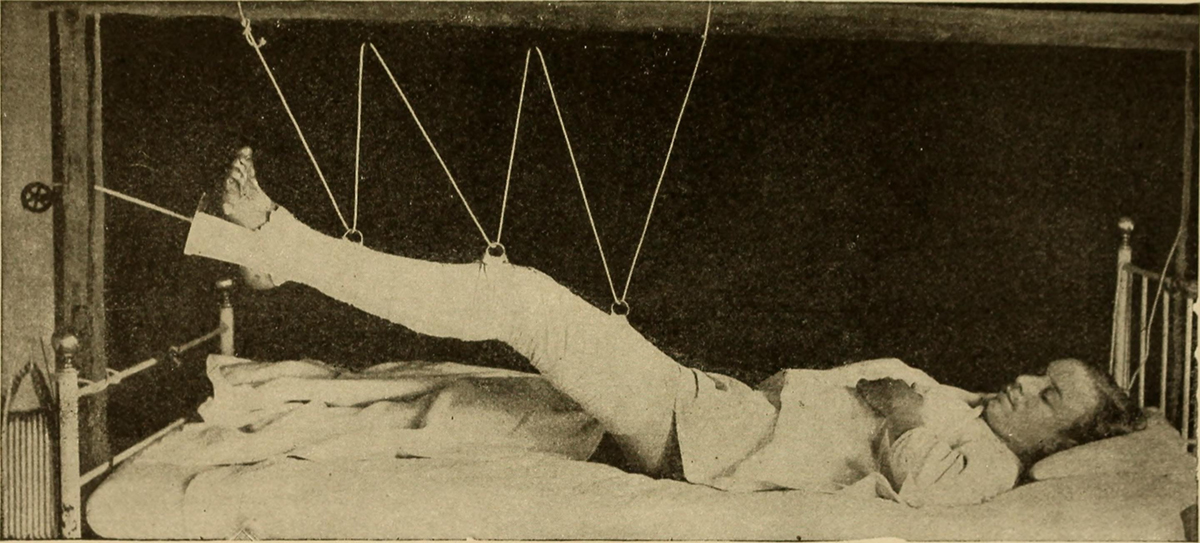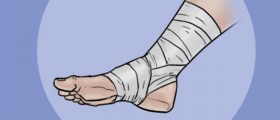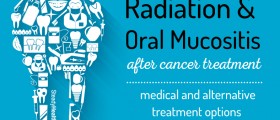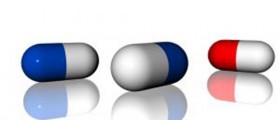
A medial calf injury is a disruption of muscles and tendons. The level of the disruption may vary. The injury most often results from sports activities, but not exclusively. It is most commonly seen in moderately active athletes. Another name for this ailment is "tennis leg," the reason being that the majority of cases are linked to this sport. A mechanism typically used in lunging tennis shots strains the gastrocnemius (calf muscle), resulting in the injury.
Initial treatment options involve rest, cooling of the injured area, compression, and elevation. This treatment should last one to three days. Further swellings can be avoided by preventing the injured limb from dependent movements. If there happen to obstructions in the ability to walk, there is the option of crutches.
One of the main difficulties that may arise from this condition is pain. It can be relieved through use of analgesics. Caution is well advised when dealing with anti-inflammatory drugs of non-steroidal origin, especially in the first phase of injury treatment. Agents such as these are prone to causing hematomic formations and should be avoided if possible.
Other treatment options include the bracing of the ankle so as to keep it from slipping out of the most favorable position. Doing this is likely to speed up the healing rate, although it may prolong the latter physical therapy.
Recuperation period will involve some physical therapy to gradually free the patient of discomforts. As the therapy progresses, the exercises will change accordingly. Massages are a good way of relaxing the muscles and removing the interstitial fluid.
There are medications that can be used to keep the patient in the state of relative comfort during the recovery phase. Perhaps the most effective analgesic is acetaminophen. There are other options as well. Some more potent analgesics may be used in order to relieve the associated pains. NSAID is one example, although, as previously mentioned, it can cause substantial side-effects. One of those could be excess bleeding shortly after the injury took place.
There is also a chance of gastrointestinal discomforts arising from its use. Some other examples may not cause bleeding, but instead induce GI side-effects. A possible alternative to these is the use of a newer NSAID – COX-2 inhibitor class. It affects the inflammation in a more direct fashion, avoiding the prostaglandins altogether which would remove the risk of the above mentioned side-effects. These agents have a further up-side in that they provide equianalgesia to the classic NSAID options.

















Your thoughts on this
Loading...